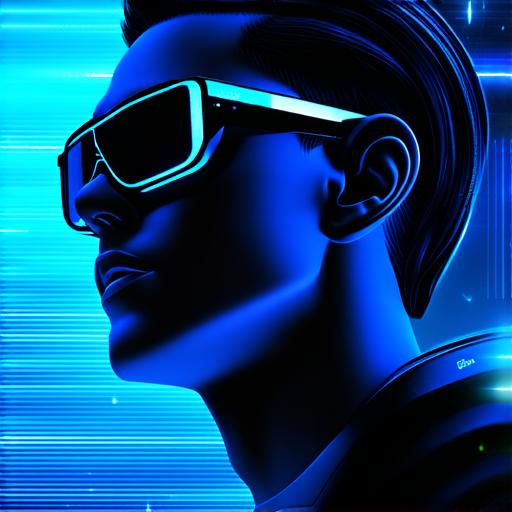Introduction
Augmented reality (AR) is an exciting and rapidly evolving technology that allows users to experience the digital world in real-time. AR applications use various sensors, cameras, and algorithms to create an interactive and immersive experience by overlaying virtual objects on top of the real world. In this article, we will explore how AR works, its key components, and some real-life examples to help developers understand this fascinating technology.
What is Augmented Reality?
AR can be defined as a technology that enhances the user’s perception of the physical environment by adding digital elements to it. These digital elements are presented in real-time and interact with the real world, creating an immersive and interactive experience for the user. AR is different from virtual reality (VR), which creates a completely artificial environment for the user to explore.

AR Applications
AR applications can be used in various industries, such as gaming, education, healthcare, and marketing. Some examples of AR applications include:
1. Snapchat filters: Snapchat filters are one of the most popular AR applications that allow users to add digital elements to their photos and videos.
2. Pokemon Go: Pokemon Go is an AR game that allows users to catch virtual creatures in real-world environments.
3. IKEA Place: IKEA Place is an AR app that lets users see how furniture and decor would look in their homes before buying them.
4. Medical training: AR can be used in medical training to simulate surgical procedures, allowing students to practice and improve their skills in a safe environment.
5. Manufacturing: AR can be used in manufacturing to enhance the production process by providing real-time information to workers and reducing errors.
How AR Works?
AR works by using various sensors, cameras, and algorithms to create an interactive and immersive experience for the user. The main components of AR are:
1. Cameras: AR applications use cameras to capture the real world around the user. These cameras can be used to track the user’s location, orientation, and movement.
2. Sensors: AR applications use various sensors, such as accelerometers, gyroscopes, and magnetometers, to detect the user’s motion and orientation. This information is used to create a realistic interaction between the user and the digital elements.
3. Tracking algorithms: AR applications use tracking algorithms to map the real world and track the user’s movement. These algorithms use various data sources, such as GPS, inertial measurement units (IMUs), and computer vision, to create an accurate representation of the real world.
4. User interface: AR applications have a user interface that allows users to interact with the digital elements. This interface can be a smartphone or tablet screen, a headset, or other devices that support AR.
5. Content creation: AR applications require content creation, which involves creating 3D models and animations of the virtual objects that will be overlaid on top of the real world.
Real-life Examples
1. Pokemon Go: Pokemon Go is an excellent example of how AR works. The app uses the user’s smartphone camera to capture the real world, and then overlays virtual creatures on top of real-world environments. The app also uses various sensors and tracking algorithms to create a realistic interaction between the user and the virtual creatures.
2. IKEA Place: IKEA Place is another great example of how AR works. The app allows users to see how furniture and decor would look in their homes before buying them. The app uses the user’s smartphone camera to capture the real world, and then overlays 3D models of the furniture and decor on top of the real-world environment.
3. Medical training: AR can be used in medical training to simulate surgical procedures.
